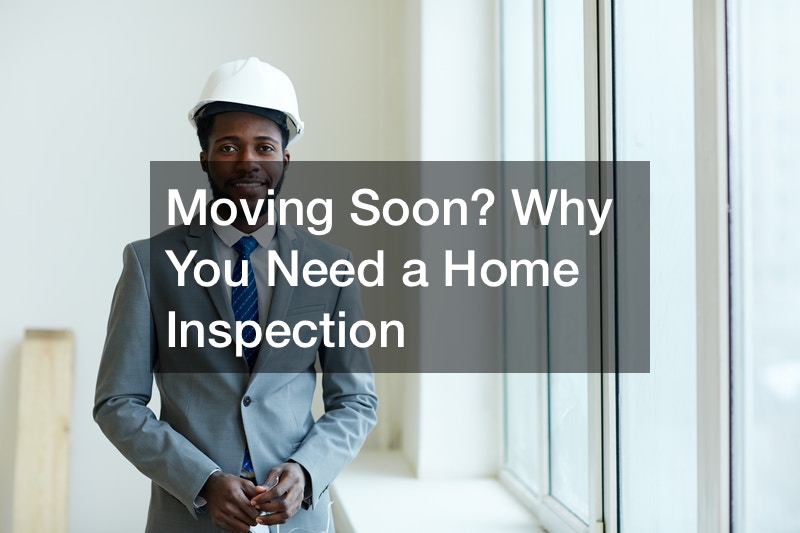If the inspection of the exterior is finished, after which the inspector is able to proceed with the interior inspection.
When inspecting the interior of your home, they’ll look at typical areas like electrical, plumbing heating, ventilation and air cooling. They will make sure your electrical panel isn’t causing any safety problems, among other things. They’ll also examine the plumbing system to ensure there is no leakage or water pressure issues. Inspectors will also assess the condition of your HVAC unit and let you know if it’s functioning properly. The water heater, bathroom laundry, kitchen, and bathroom appliances come with it.
What’s Not Covered in an inspection of your home?
It’s crucial to comprehend the areas covered by the home inspector. Keep in mind that a home inspection might not be able to find everything that is wrong with the property you’re buying. A home inspector will be looking for signs that the property might have serious problems. Inspectors may not know what is wrong in the foundation of the house or other concerns. But, you can be sure that the inspector will perform their diligence and check inside the walls the pipes, sewer lines, and behind electrical panels.
Though they may not be able to pinpoint the cause of the problem however, they will provide you with a direction. If they notice a problem with your electrical system they suggest you contact an expert electrician to investigate it out and fix the issue. The home inspector isn’t able to provide termite inspections, but will be able determine the cause. They are able to look into a wide range of things and offer an alert if they think there’s the chance that they might be.
Do you know how to perform a H qlyiepx1yc.

Leave a Reply